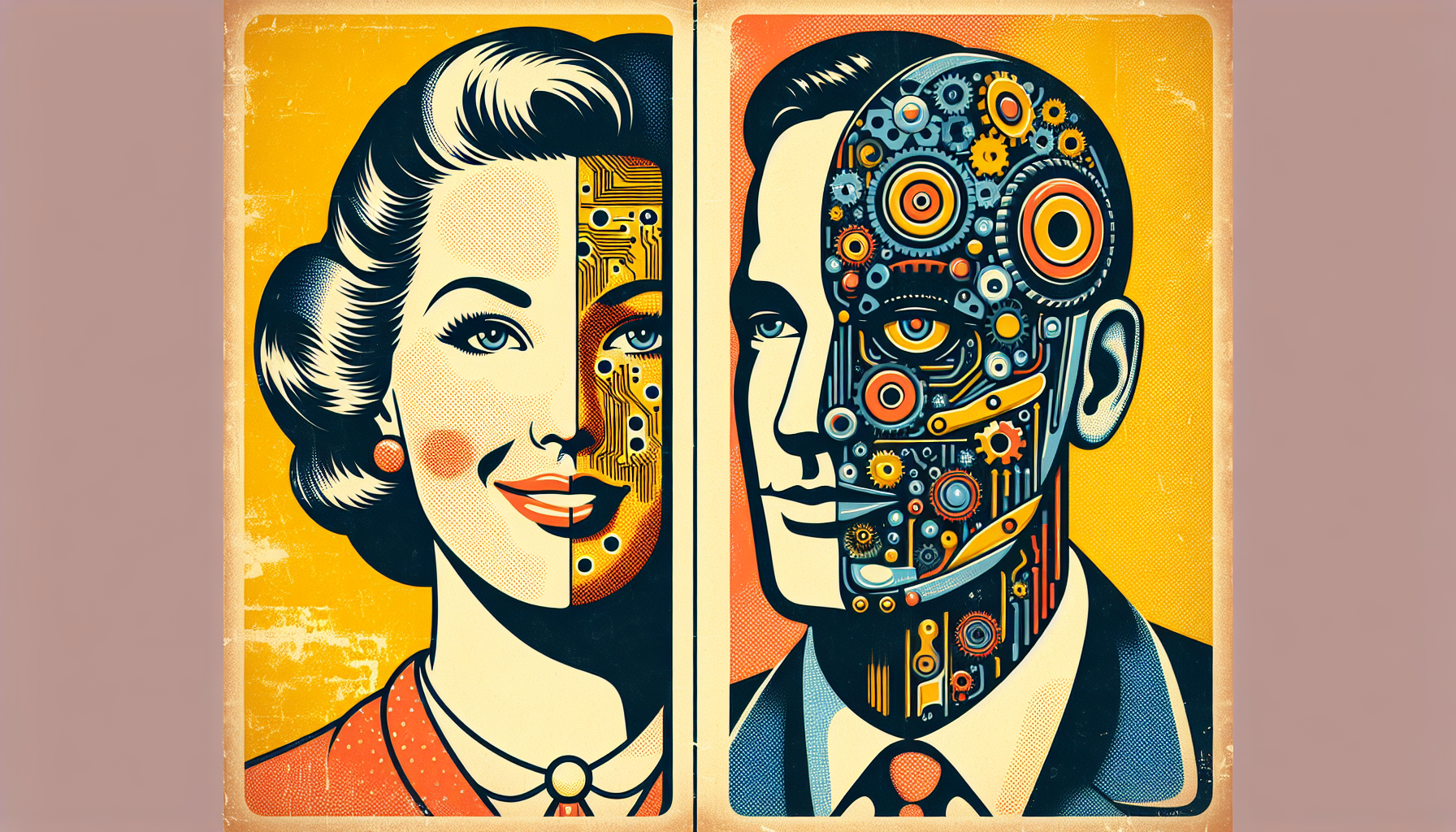If you’ve ever asked ChatGPT to write a sonnet about your cat, or seen DALL-E paint a psychedelic unicorn eating pizza, you may have marveled at just how clever machines can be. But beyond the novelty and viral social media posts, a deeper question tickles at the human mind: can machines truly be creative? Do these statistical marvels, powered by more math than most of us ever want to see, produce something truly original? Or are they simply elaborate copyists, assembling our own ideas in surprising new patterns?
The Puzzle of Creativity
Let’s begin by asking what creativity really is. Sure, it’s easy to point at Beethoven, Picasso, or a two-year-old covering the kitchen walls with spaghetti sauce and say, “That’s creative.” But defining creativity is trickier. Generally, we see it as the production of something both original and valuable. In other words, creativity isn’t just newness for the sake of it: it’s newness that means something.
For centuries, creativity was the exclusive purview of humans (and perhaps a few lucky octopuses with good taste in coconut shell decorating). We assumed it came from conscious experience—the inner world of thoughts, feelings, intuition, and that mystical flash of insight known as “inspiration.” All of that seems pretty far removed from the world of algorithmic weights and neural networks.
Mechanical Ingenuity: Or Just Fancy Mimicry?
Here’s the conundrum: modern AI can now compose music, paint pictures, even invent plausible scientific theories—or at least write a convincing grant proposal. On the surface, that looks a lot like creativity. But is it really?
Most AI creativity, especially in large language models and image generators, works by observing gigantic trenches of human output—millions of books, images, and conversations. The AI is trained to spot patterns and generate new content that statistically resembles what it has seen.
If you ask a machine to invent a new animal, say, a “giraffodile,” it stitches together parts of giraffes and crocodiles, harvested from its training data. Voila! Novelty emerges. But is it original thought, or just a glorified remix? Would Beethoven be satisfied with a mashup track, however dazzling?
The Consciousness Question
This is where consciousness comes in. Consciousness—subjective awareness—seems tightly bound to our understanding of creative acts. We think of the struggle, the intentionality, the moment of insight (“Eureka!”), and maybe even the personal meaning behind a creation. A poem isn’t just words arranged according to rules; it is also a window into someone’s inner emotional universe.
When machines “create,” there is no inner universe to draw on—at least, none that resembles ours. No taste of morning coffee, no anxious deadlines, no heartbreak, no bliss. Their “thoughts” are probability distributions across possible outputs, with no lived experience in the middle.
So, can there be original thought without consciousness? The answer, it turns out, depends on what we mean by “original thought,” and whether we’re judging by the output, the process, or the intention behind it.
Creativity Without Consciousness: Two Perspectives
Let’s split the argument in two, like a philosopher splitting a hair (don’t worry, they usually put it back).
Perspective One: If you only care about the results, then AI can appear to be creative. The outputs are sometimes original, sometimes valuable—occasionally even astonishing. The music, poetry, or artwork can move us, even if the machine itself is simply crunching numbers. By this logic, “original” refers only to what is new in the world, not to whether the creator had an epiphany at 3 a.m.
Perspective Two: If you think creativity must include conscious intent, then machines aren’t truly creative, no matter how impressive their outputs. They can’t experience surprise, hope, or artistic longing. The spark of subjective experience is missing, and so, in this view, true originality is out of reach.
The comparison here is a bit like the difference between a recording of a bird and the bird itself. The audio may be perfect, but it lacks the consciousness, the living being behind the song.
Why It Matters
You might wonder, “Does it matter if the source of creativity is conscious or unconscious?” For some purposes—entertaining us, assisting human artists, or exploring new design spaces—it may not. But the distinction becomes crucial as AI-generated content shapes culture, education, and even scientific research.
If art is conversation across time—a dialogue between souls—then the lack of a subjective “source” in AI creativity may leave some people cold. On the other hand, if the universe is a play of patterns, reshaped by mind or machine, perhaps results are all that count.
Either way, recognizing what AI does (and doesn’t do) keeps us honest about both the promise and limitations of machine intelligence. Machines may rival us in output, but for now, the lived meaning hiding behind a painting, a poem, or a symphony remains, stubbornly, a human affair.
Approaching the (Not So) Final Frontier
So, is original thought possible without consciousness? AI can generate the new, the novel, and sometimes even the beautiful. Yet, there is no subjective “I” at the heart of it all. For now, machine “creativity” is a mirror—reflecting our own dreams and data, shuffled in patterns only a machine could find. If the future ever brings conscious machines, perhaps we’ll have to revisit this debate. Until then, we can enjoy the art, marvel at the algorithms, and ponder what makes human creativity so endlessly mysterious—and messy.
And if a robot ever invents a joke that makes you spit out your coffee, you might just call that progress. Or at least, originality with a hint of irony.

Leave a Reply